North America : Market Leader in PERS
North America is the largest market for Personal Emergency Response Systems Market (PERS), holding approximately 45% of the global market share. The growth is driven by an aging population, increasing health awareness, and advancements in technology. Regulatory support, such as Medicare reimbursement for PERS, further fuels demand. The U.S. is the primary contributor, followed by Canada, which accounts for about 10% of the market share.
The competitive landscape in North America is robust, featuring key players like Life Alert, ADT, and Medical Guardian. These companies leverage innovative technologies and strong marketing strategies to capture market share. The presence of established healthcare systems and a high level of consumer awareness contribute to the region's dominance. As the market evolves, partnerships and collaborations among these players are expected to enhance service offerings and expand their reach.
Europe : Emerging Market Potential
Europe is witnessing significant growth in the Personal Emergency Response Systems Market (PERS) market, accounting for approximately 30% of the global share. Factors such as an increasing elderly population, rising healthcare costs, and a shift towards home-based care are driving demand. Regulatory frameworks, including the European Union's initiatives to promote digital health solutions, are also pivotal in shaping the market landscape. Germany and the UK are the largest markets, together holding about 15% of the total market share.
Leading countries in Europe include Germany, the UK, and France, where companies like Tunstall Healthcare and Philips are prominent. The competitive landscape is characterized by a mix of established players and emerging startups, focusing on innovative solutions tailored to the needs of seniors. The market is expected to grow as awareness of PERS benefits increases, supported by government initiatives aimed at enhancing elderly care.
Asia-Pacific : Rapid Growth and Innovation
The Asia-Pacific region is rapidly emerging in the Personal Emergency Response Systems Market (PERS) market, currently holding about 20% of the global share. The growth is driven by increasing urbanization, a rising elderly population, and advancements in mobile technology. Countries like Japan and Australia are leading the market, with Japan alone accounting for approximately 10% of the global share. Government initiatives promoting health technology adoption are also significant growth catalysts.
In this region, the competitive landscape is evolving, with both local and international players entering the market. Companies like GreatCall and Bay Alarm Medical are expanding their presence, while local startups are innovating to meet specific regional needs. The focus on affordable and accessible solutions is driving competition, and partnerships with healthcare providers are becoming increasingly common to enhance service delivery and reach.
Middle East and Africa : Untapped Market Opportunities
The Middle East and Africa (MEA) region is an emerging market for Personal Emergency Response Systems Market (PERS), currently holding about 5% of the global share. The growth is primarily driven by increasing healthcare investments, a rising elderly population, and a growing awareness of health technology. Countries like South Africa and the UAE are leading the market, with significant government initiatives aimed at improving healthcare infrastructure and accessibility.
The competitive landscape in MEA is still developing, with a mix of local and international players. Companies are focusing on creating affordable solutions tailored to the unique needs of the region. The presence of key players is gradually increasing, and partnerships with healthcare providers are essential for market penetration. As awareness of PERS benefits grows, the market is expected to expand significantly in the coming years.
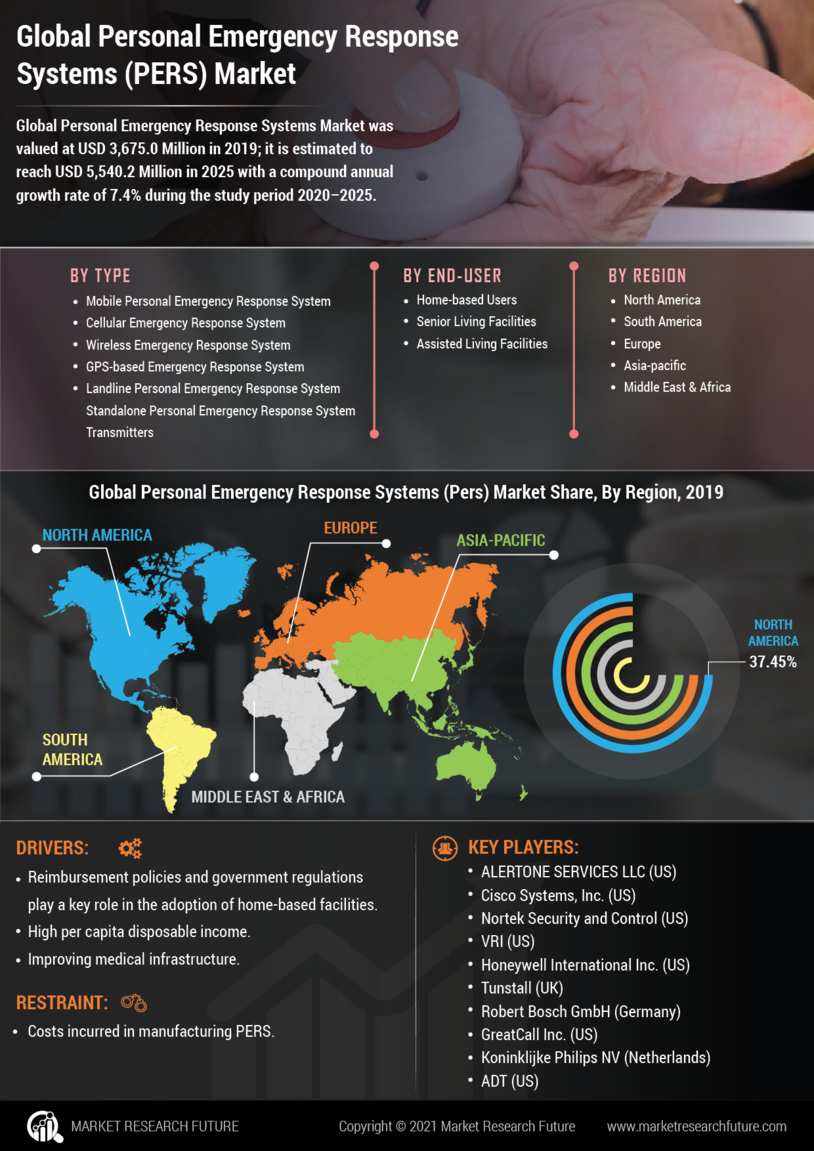
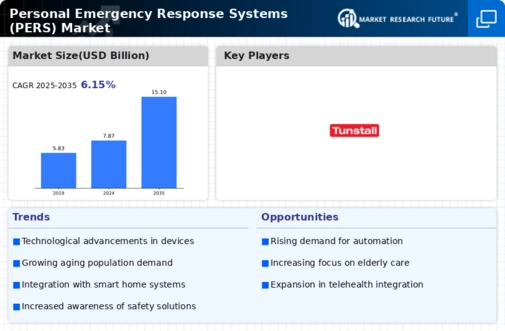
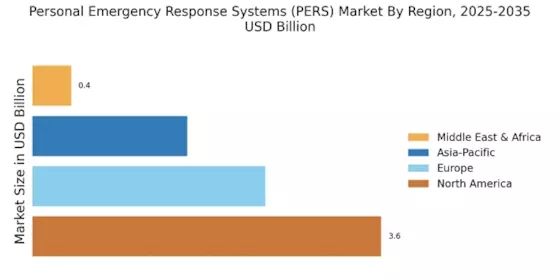
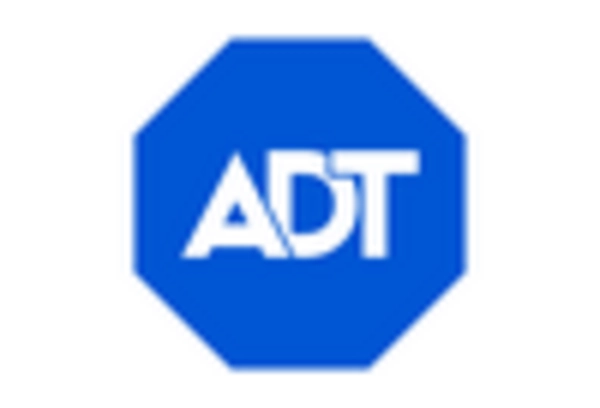
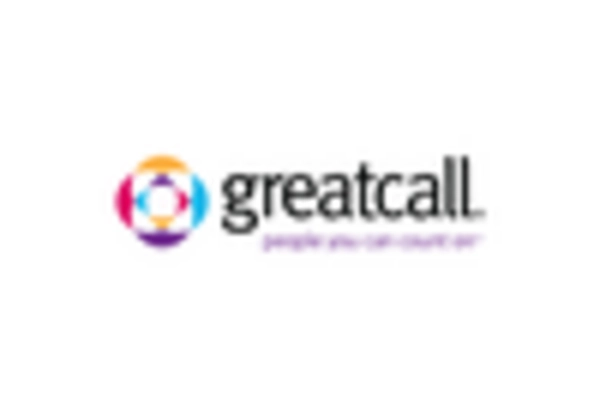
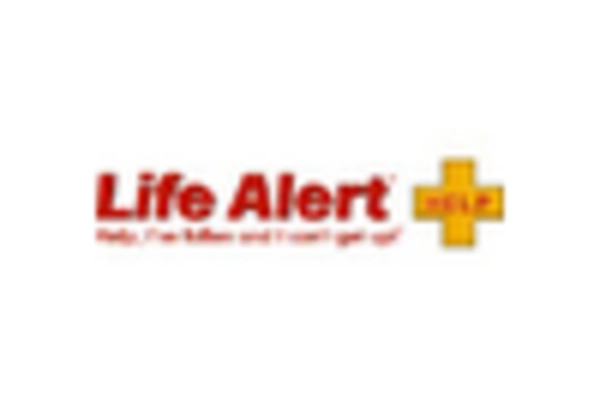











Leave a Comment